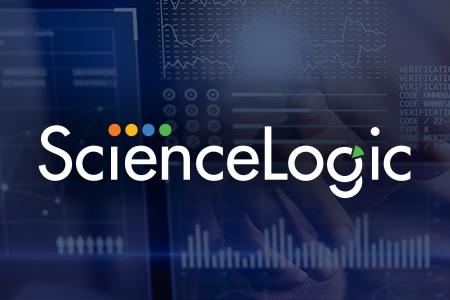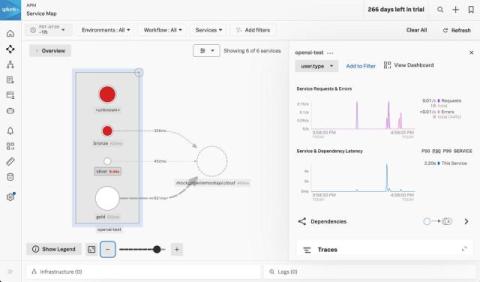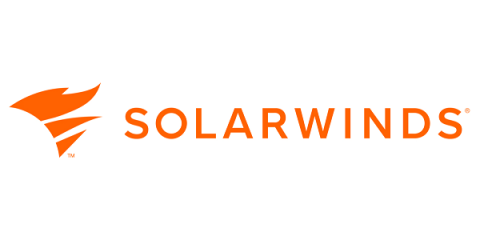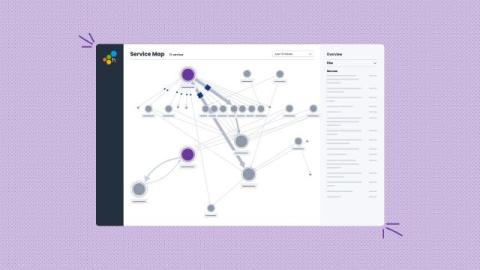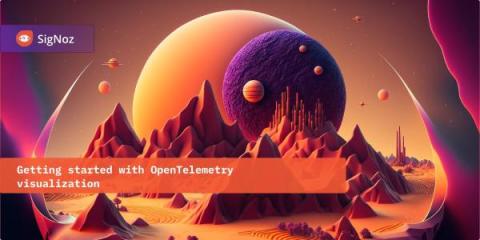What Is Full Stack Observability and Why Is It Important?
The complexity of modern software systems has reached unprecedented levels. Comprehensive monitoring and observability have become paramount as organizations continue embracing cloud-native architectures, microservices, and distributed systems. Enter full stack observability - a game-changing approach that's revolutionizing how we understand and manage our IT environments.



